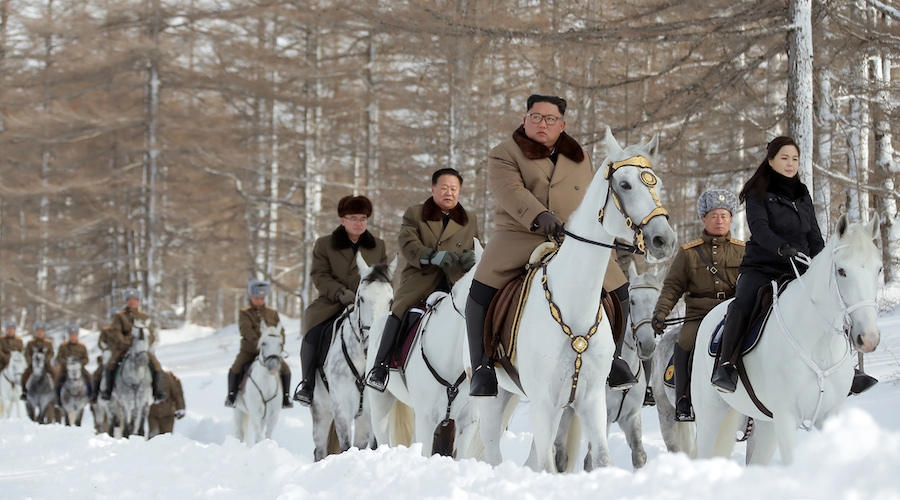Views expressed in Opinion articles are exclusively the authors’ own and do not represent the views of NK News.
The past few days have been marked by interesting developments in both Washington and Pyongyang. Both the U.S. and the DPRK are, it seems, beginning a bellicose war dance once again.
Views expressed in Opinion articles are exclusively the authors’ own and do not represent the views of NK News.
The past few days have been marked by interesting developments in both Washington and Pyongyang. Both the U.S. and the DPRK are, it seems, beginning a bellicose war dance once again.
Become a member for less
than $5.75 per week.
Unlimited access to all of NK News: reporting, investigations, analysis
The NK News Daily Update, an email newsletter to keep you in the loop
Searchable archive of all content, photo galleries, special columns
Contact NK News reporters with tips or requests for reporting
Get unlimited access to all NK News content, including original reporting, investigations, and analyses by our team of DPRK experts.
Subscribe now
All major cards accepted. No commitments – you can cancel any time.












